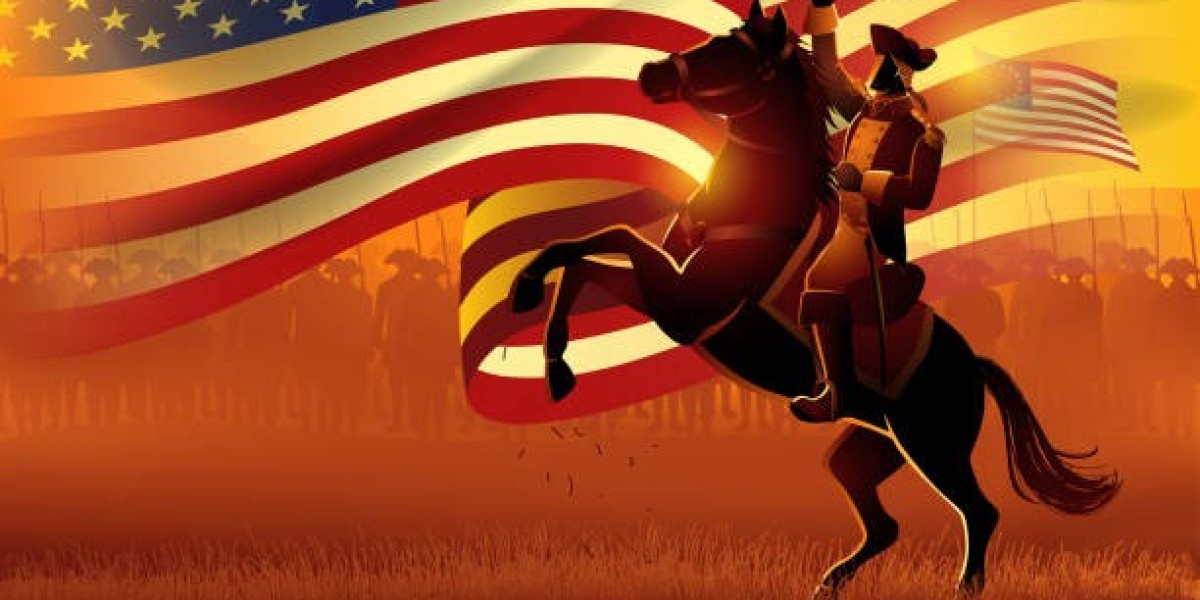When the thirteen colonies declared independence from Britain, they not only transformed their own destiny but also reshaped the global landscape. The American Revolution flag, waving proudly above battlefields and assemblies, stood as a beacon of hope for oppressed peoples everywhere. Its message was simple yet profound: freedom was possible. Decades later, that same message would ignite the Latin American Revolution, a sweeping wave of independence movements across the continent. Together, these revolutions illustrate how the ideals of liberty transcended borders, influencing entire generations.
The Power of the American Revolution Flag
The American Revolution flag was more than a battlefield marker—it was a statement of intent. In a world dominated by monarchies and empires, the stars and stripes offered a vision of a society where sovereignty rested with the people.
A Flag as a Revolutionary Tool
Flags carry meaning far beyond their designs. During the American Revolution, the flag became a tool of unity. Soldiers drew courage from it, communities rallied around it, and the world watched as it became a symbol of successful defiance.
An Inspiration Across the Seas
For those in Latin America who longed to cast off colonial rule, the flag was proof that victory over empires was possible. The symbolism of unity and freedom resonated deeply, offering encouragement in their own battles.
The Latin American Revolution: Breaking Colonial Chains
The Latin American Revolution was a complex, multi-decade struggle against Spanish and Portuguese rule. From Mexico’s independence in 1810 to the liberation of South America under leaders like Simón Bolívar and José de San Martín, the movement transformed the continent.
Common Threads with the American Experience
Just as the American colonies resisted taxation and political control from afar, Latin American nations sought to escape the economic exploitation and rigid hierarchies imposed by European powers. Both revolutions shared the dream of self-rule, though the social and cultural landscapes were vastly different.
The Role of Leadership
Latin America’s liberators often looked to the American Revolution as a model. Bolívar, known as “El Libertador,” admired the United States but envisioned a grander union of Latin nations. Hidalgo in Mexico drew on Enlightenment principles and local traditions, merging global ideals with regional identity.
Ideals that Spanned a Hemisphere
At the heart of both revolutions was a belief in liberty and sovereignty. The American Revolution flag stood as a symbol of this vision, while the Latin American Revolution adapted these ideas to new contexts.
Enlightenment Thought in Action
Both movements drew heavily from Enlightenment philosophy—concepts like natural rights, equality, and representative government. For Americans, this meant creating a republic. For Latin Americans, it often meant navigating more complex realities shaped by diverse populations and deep colonial legacies.
Shared Global Consequences
The success of these revolutions challenged the dominance of European empires. They proved that colonies could rise, fight, and win. This shift in global power dynamics encouraged future independence movements across the world, from Europe to Asia.
Conclusion
The American Revolution flag continues to remind us of a pivotal moment when liberty triumphed over tyranny. Its influence reached beyond America’s borders, providing both inspiration and validation for the Latin American Revolution. Though each region followed its own unique path, both struggles shared a common heartbeat: the determination of people to govern themselves. Together, they represent not just the birth of new nations but the spread of an enduring truth—that the desire for freedom is universal and unstoppable.








